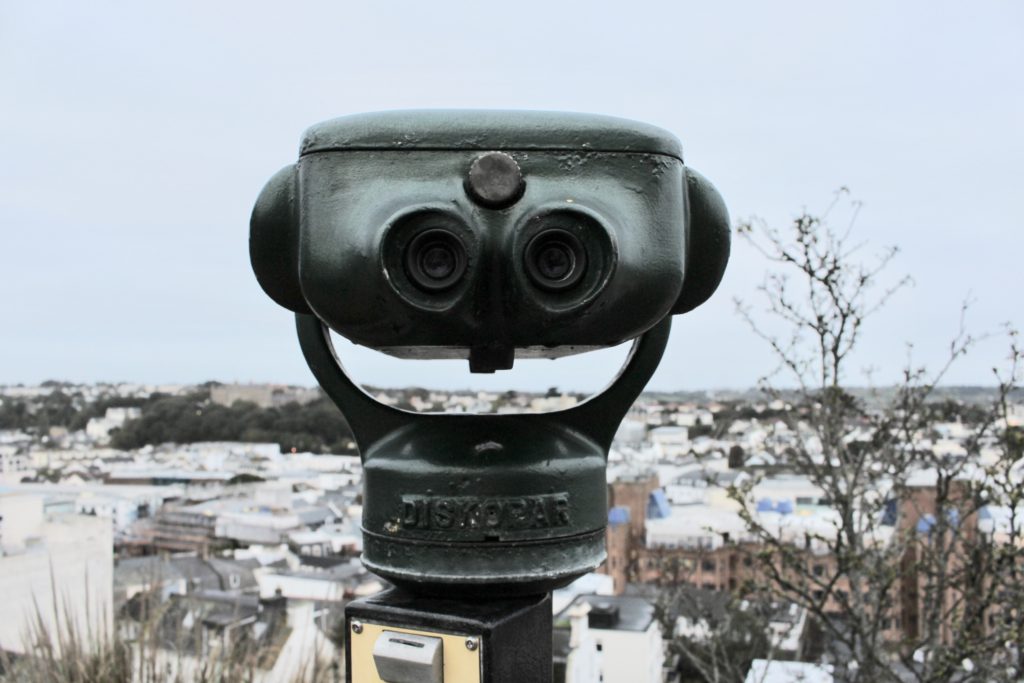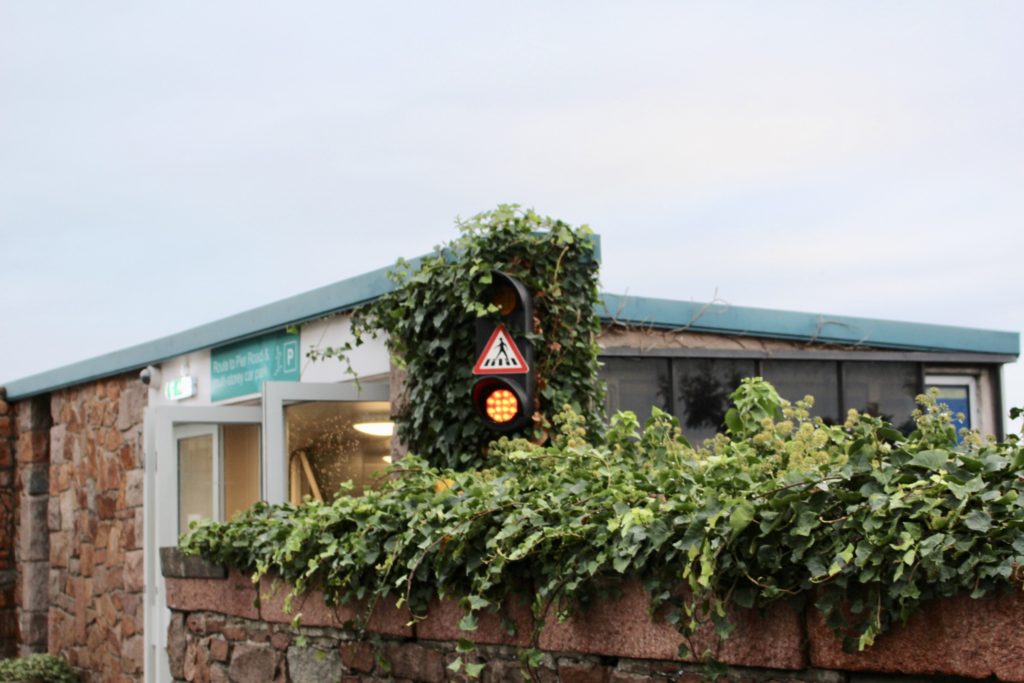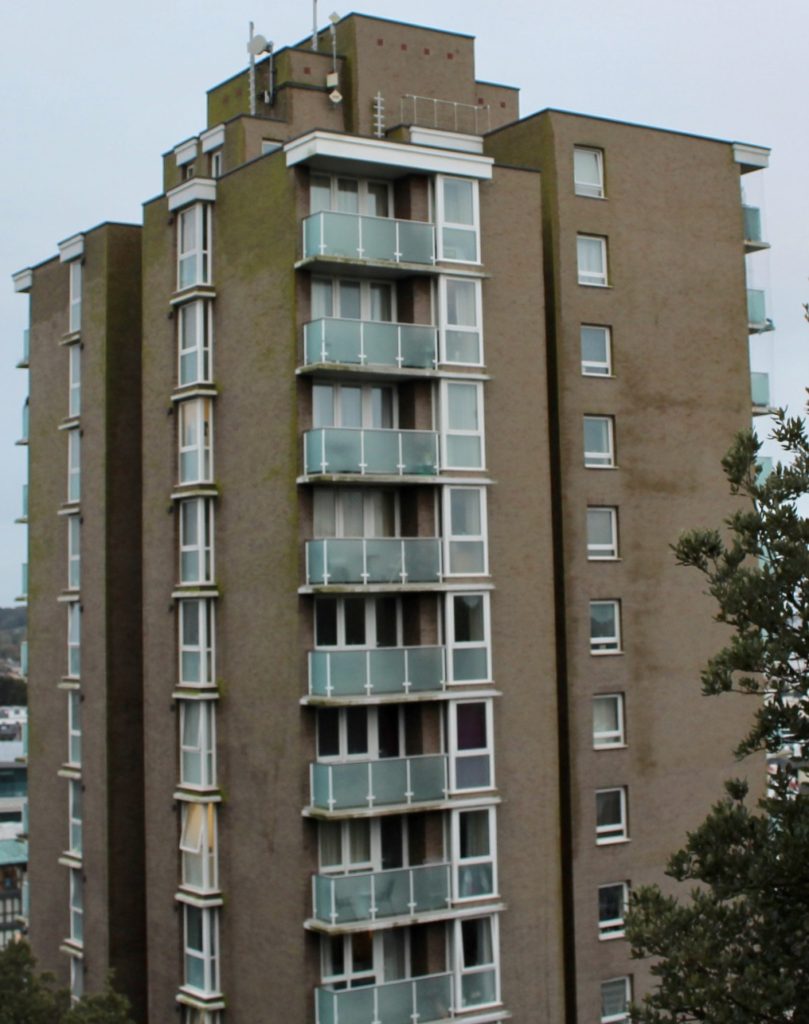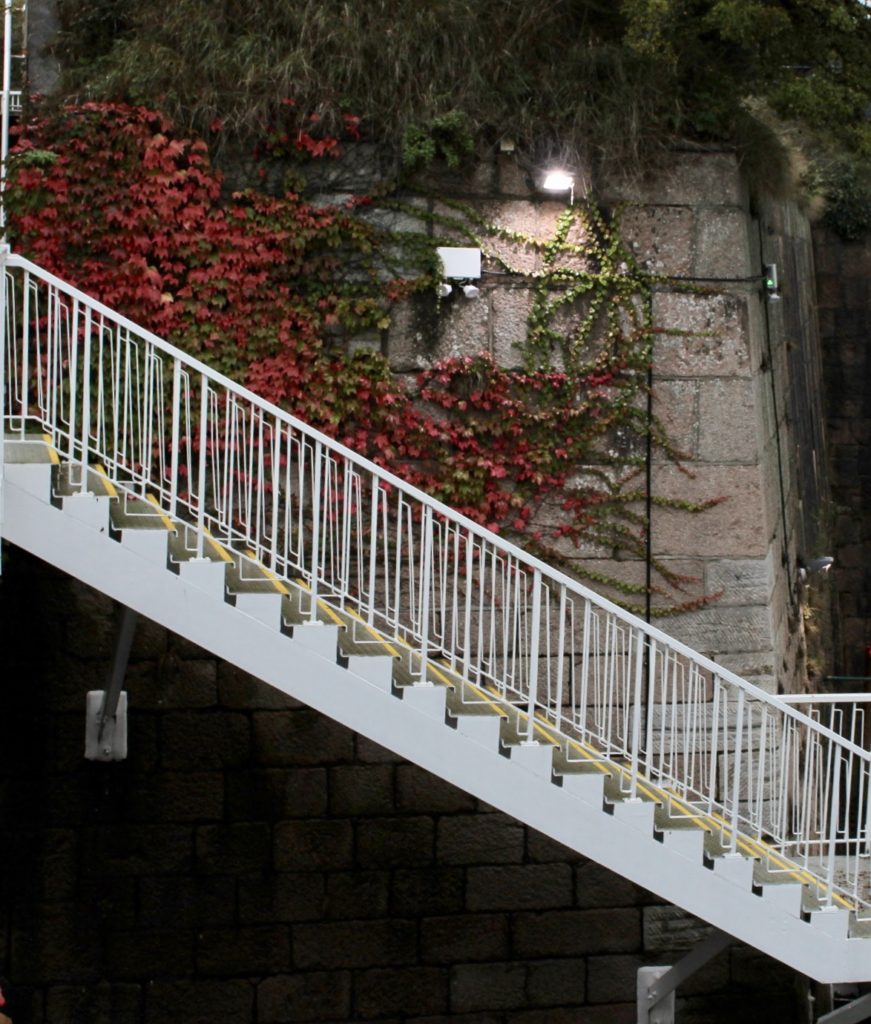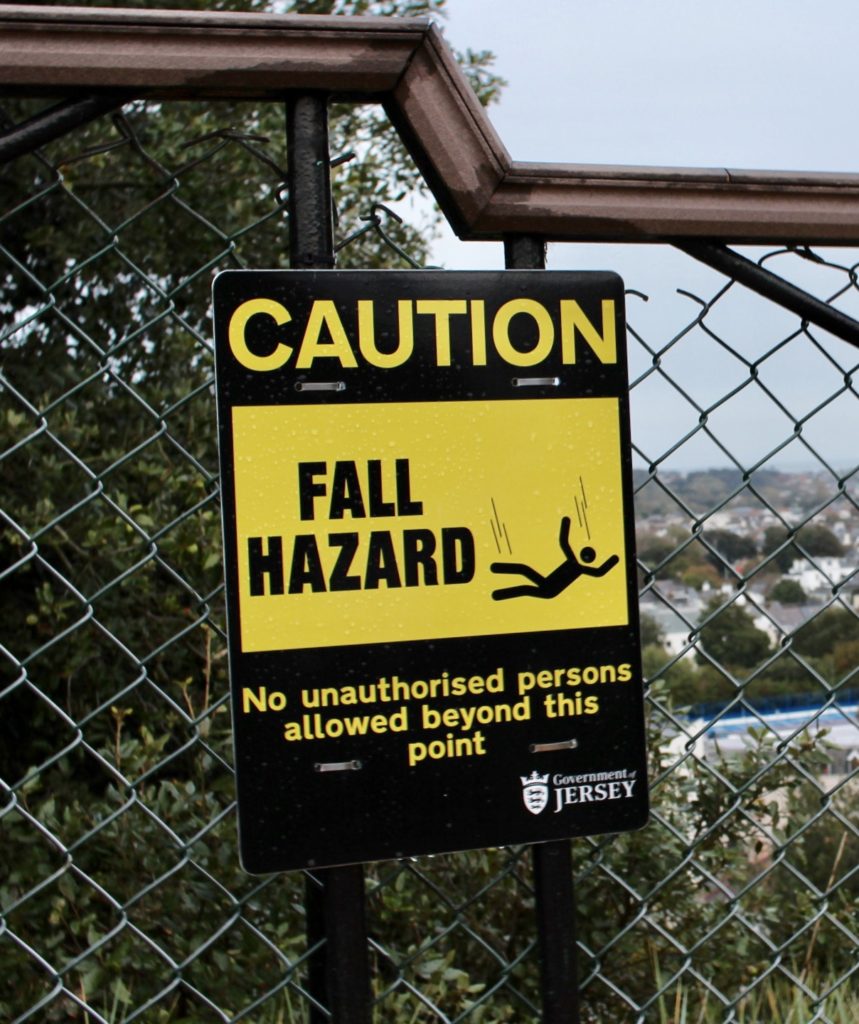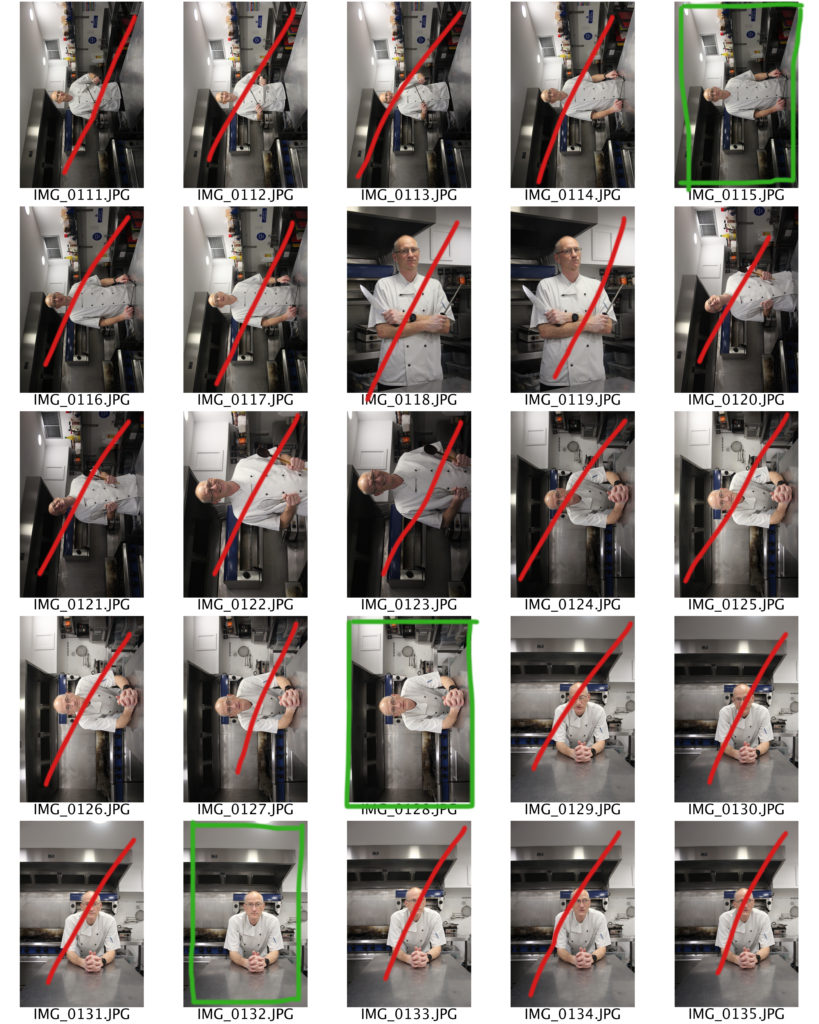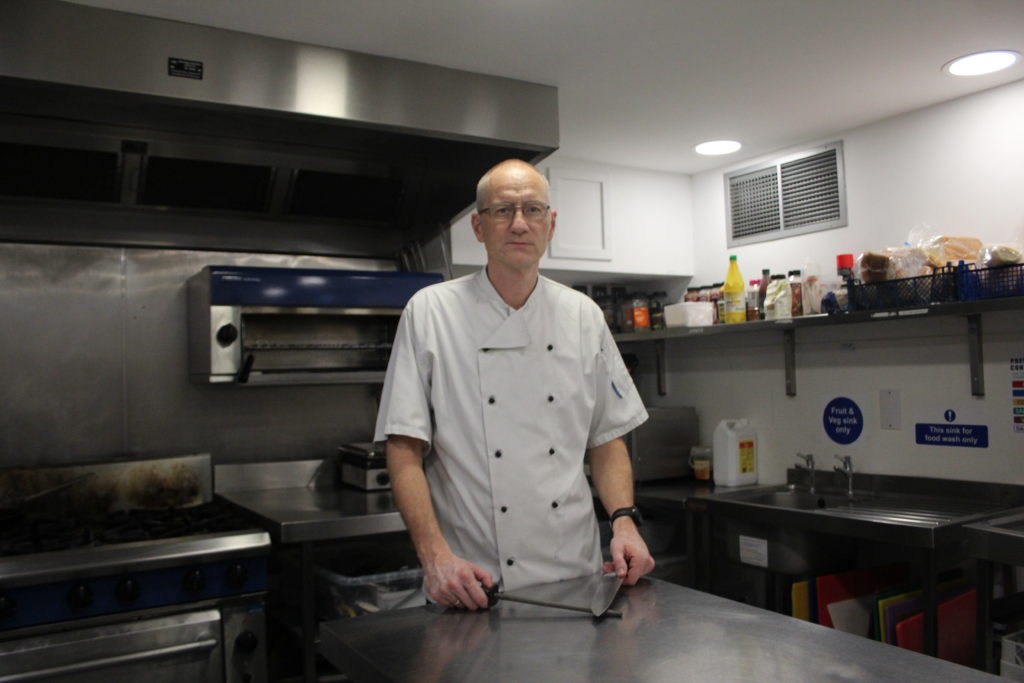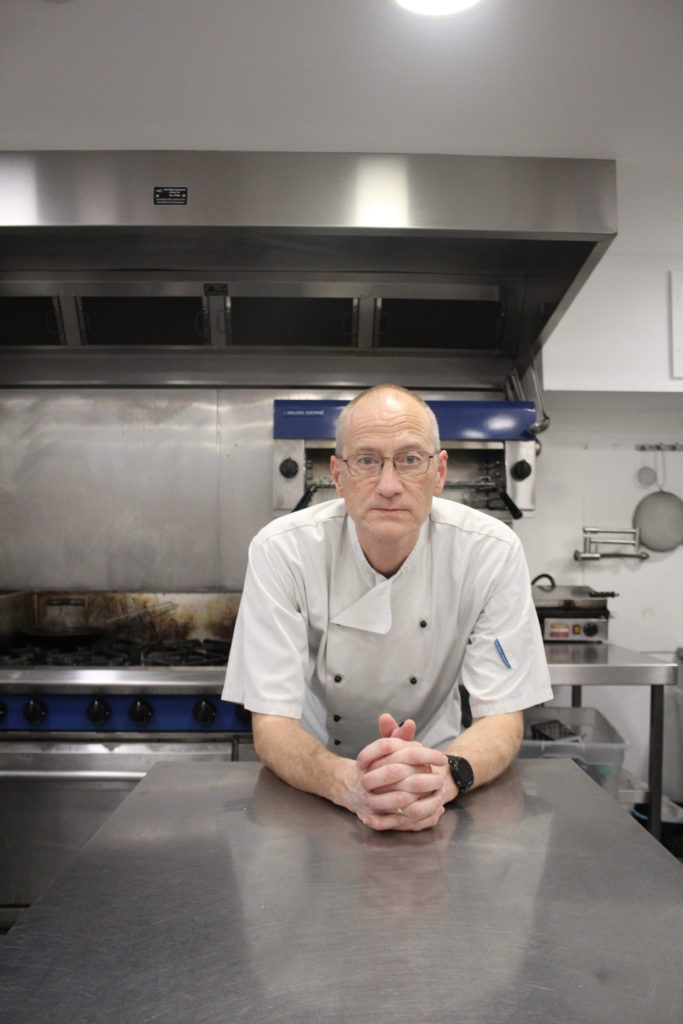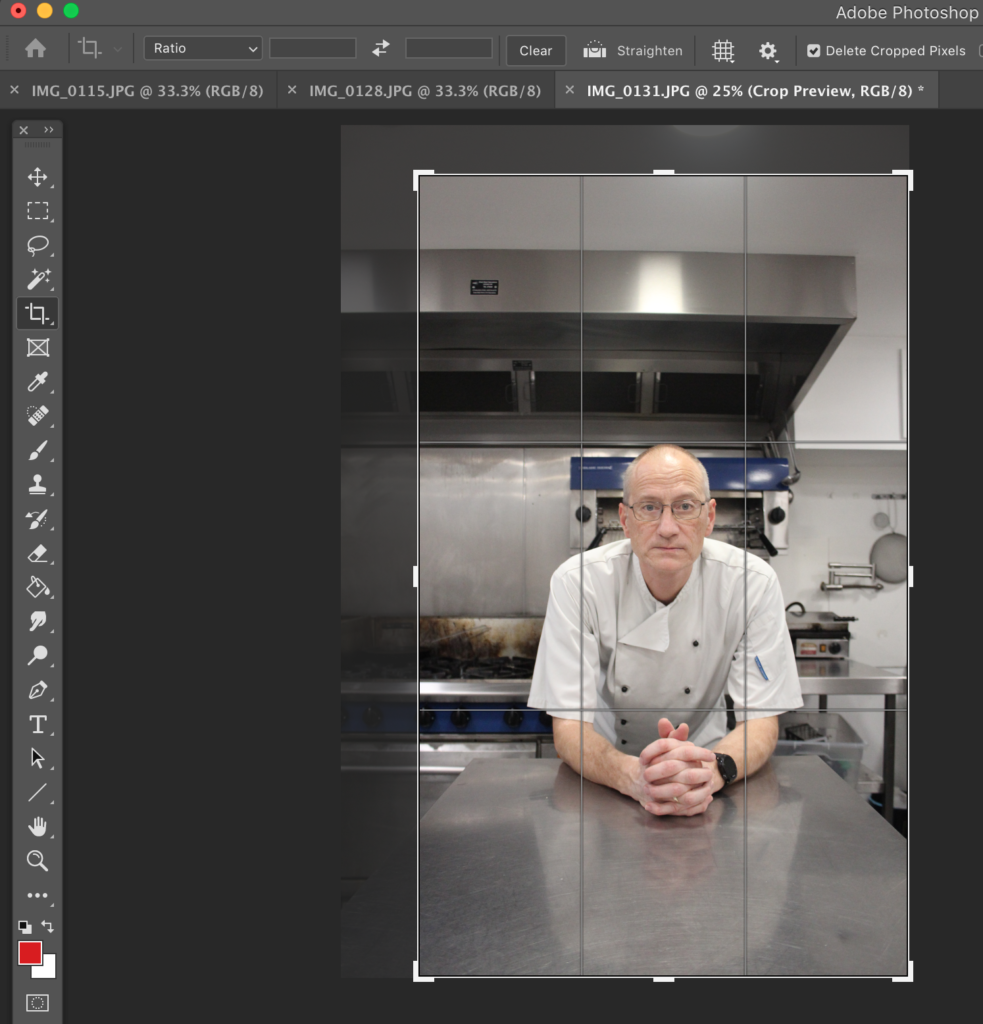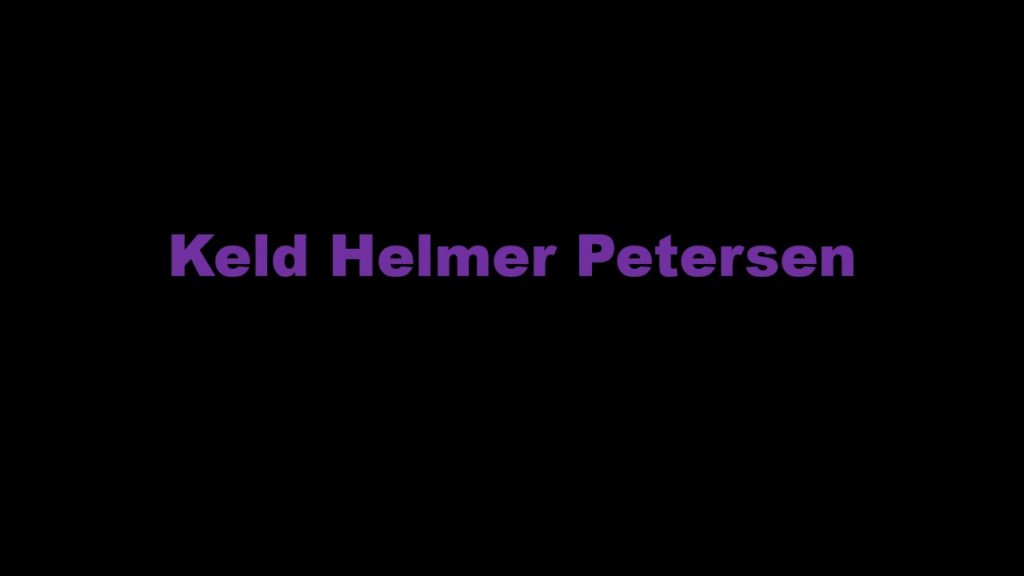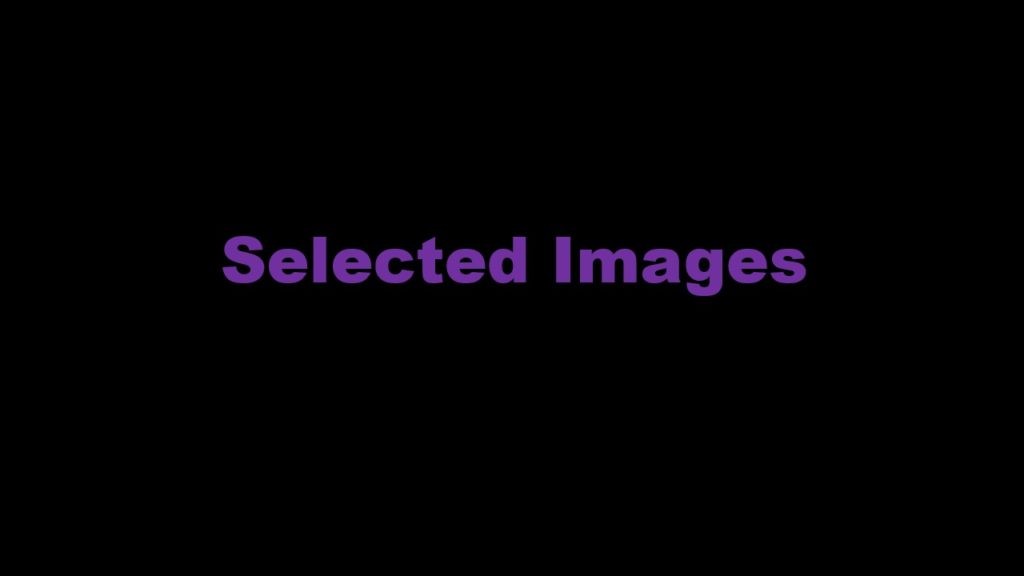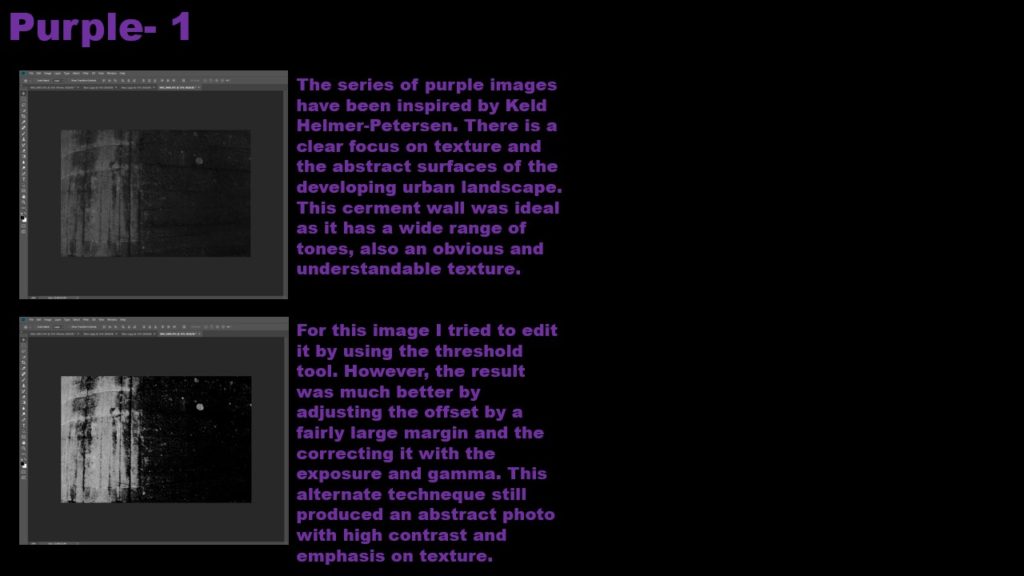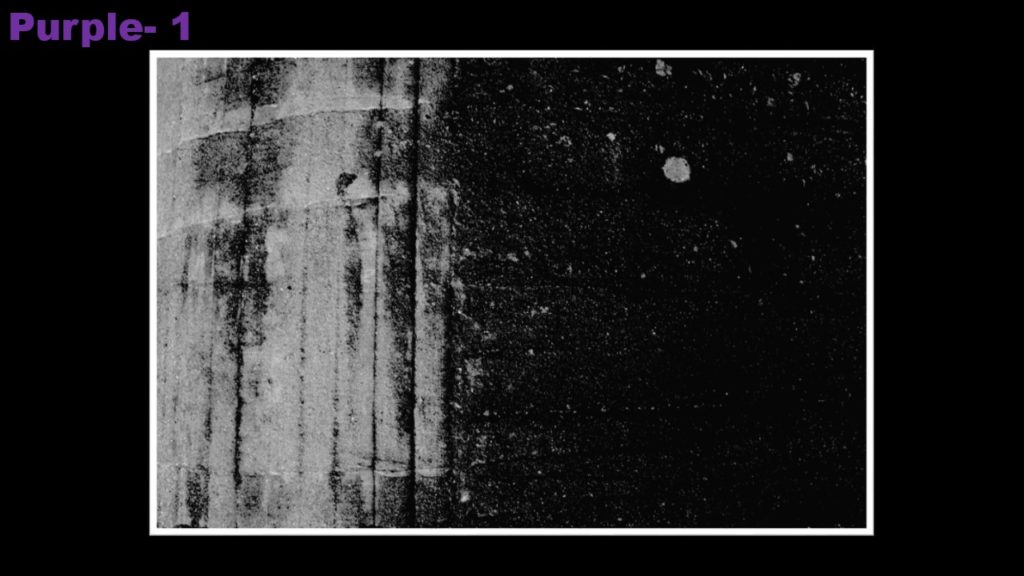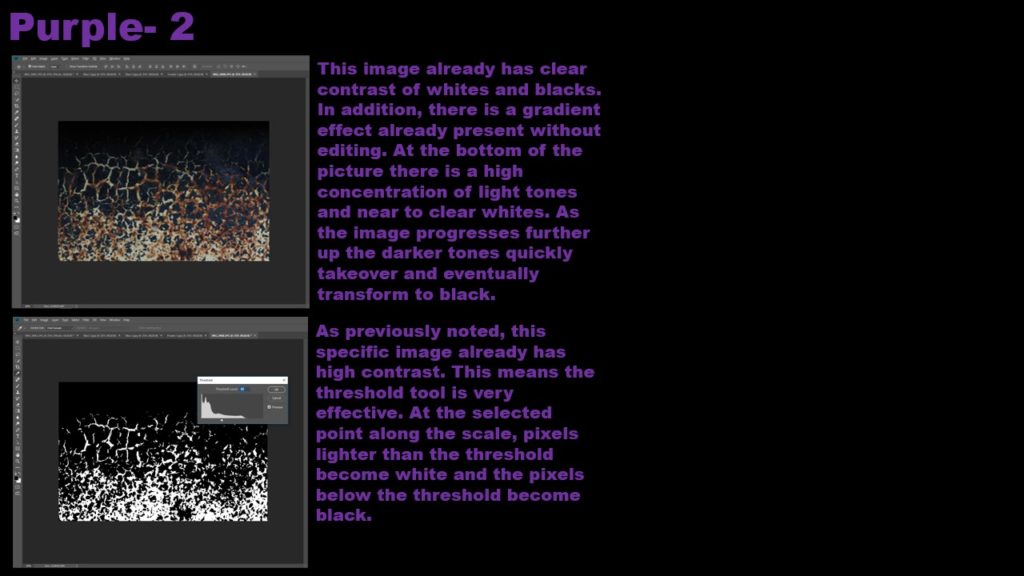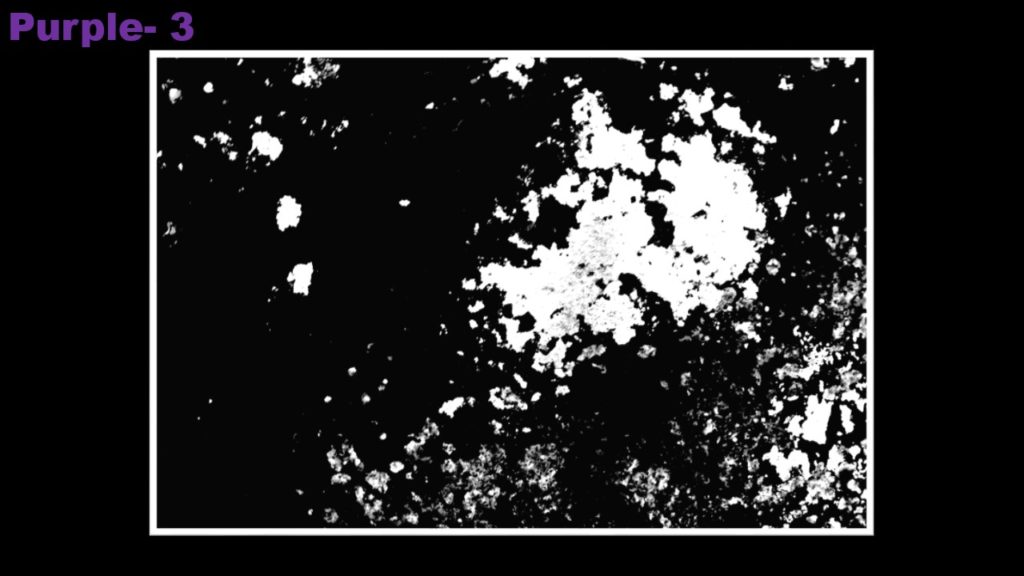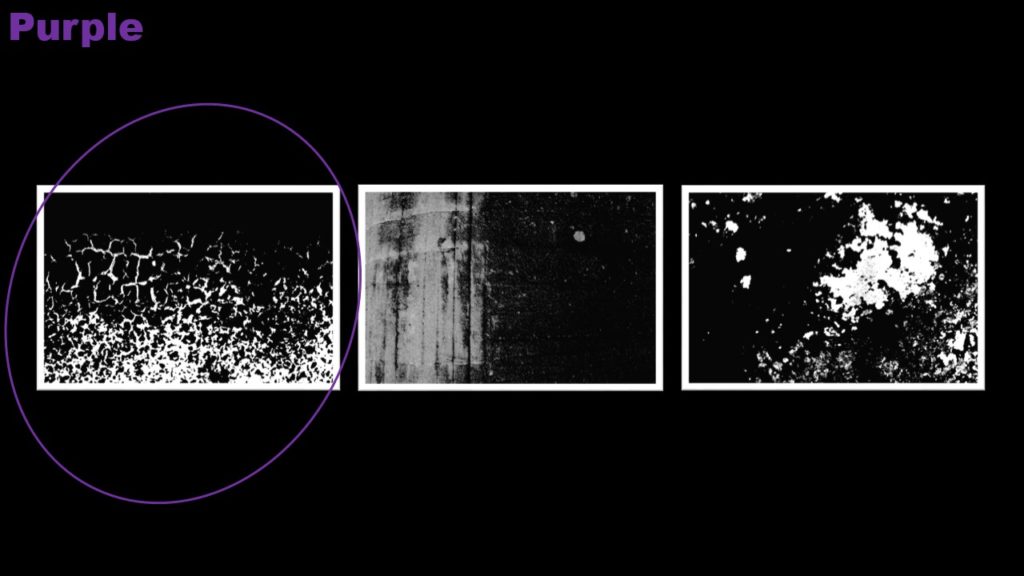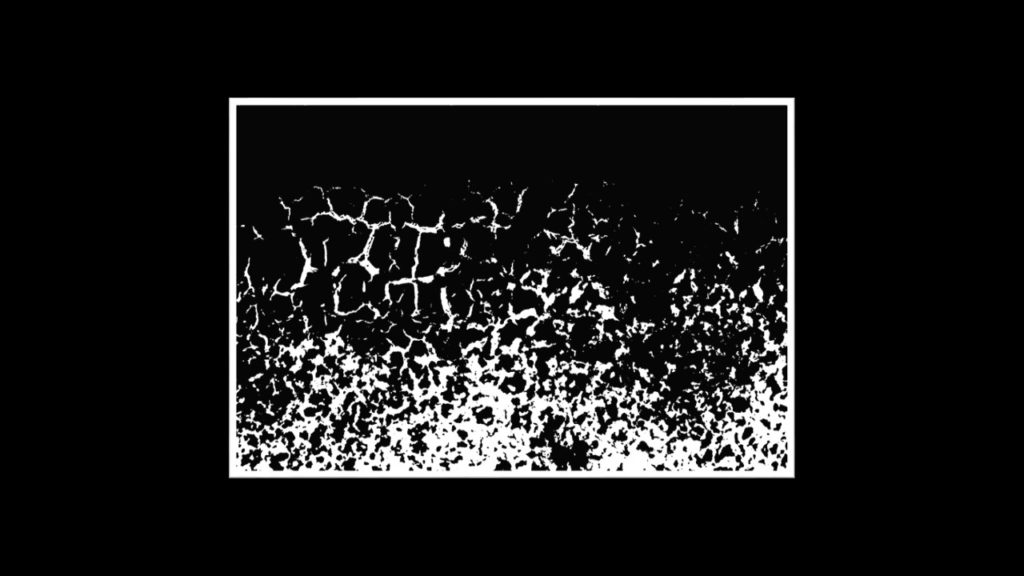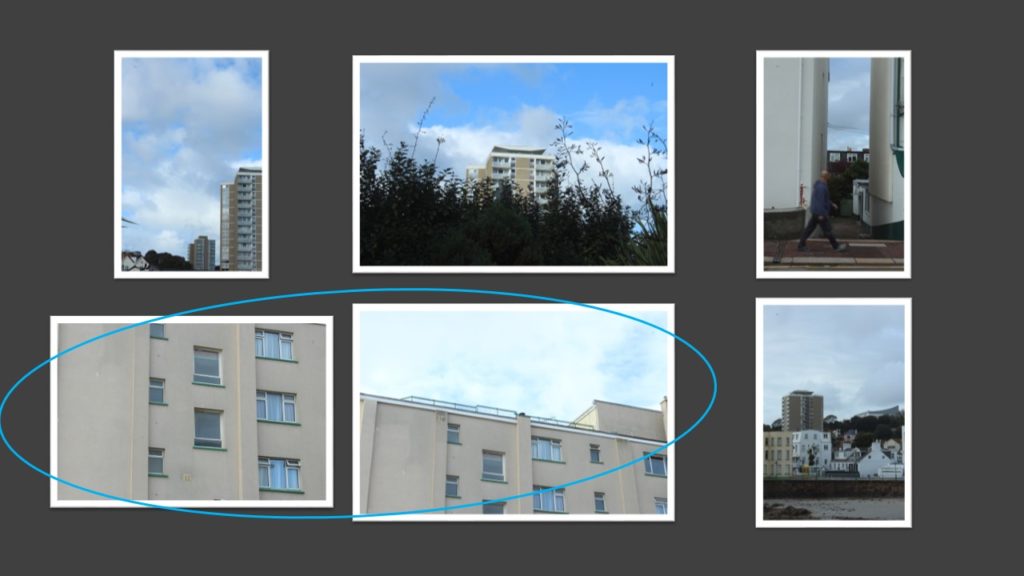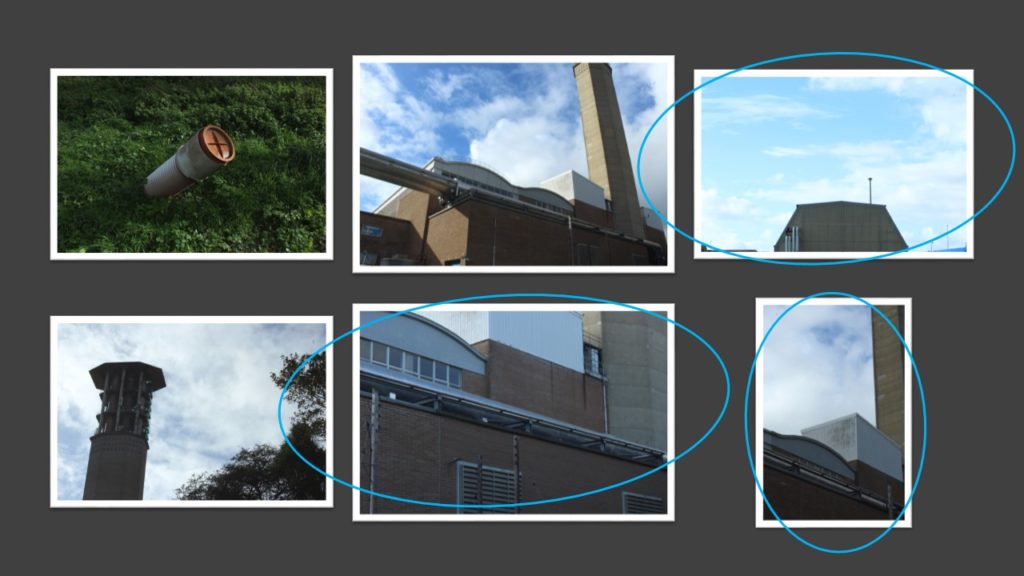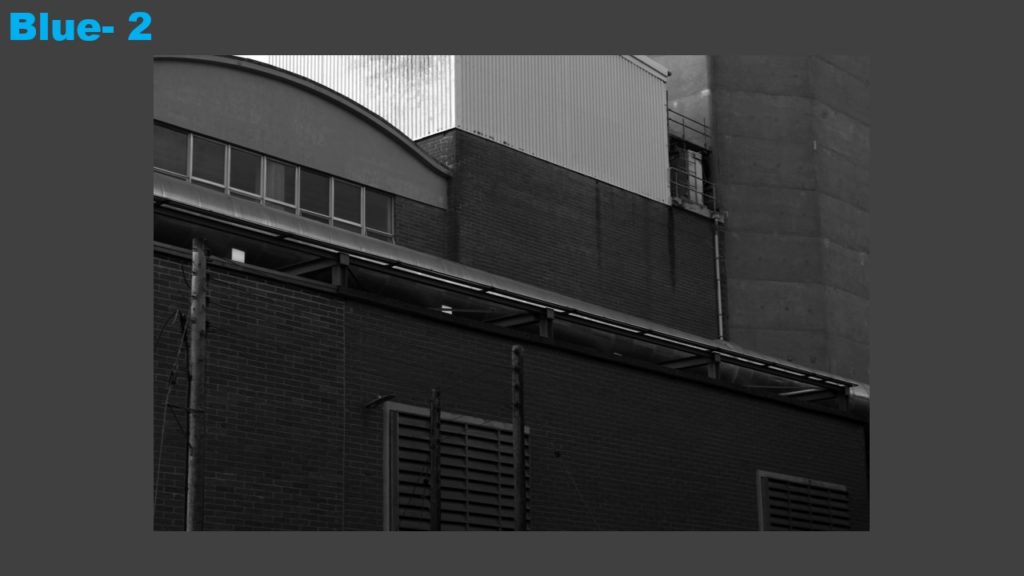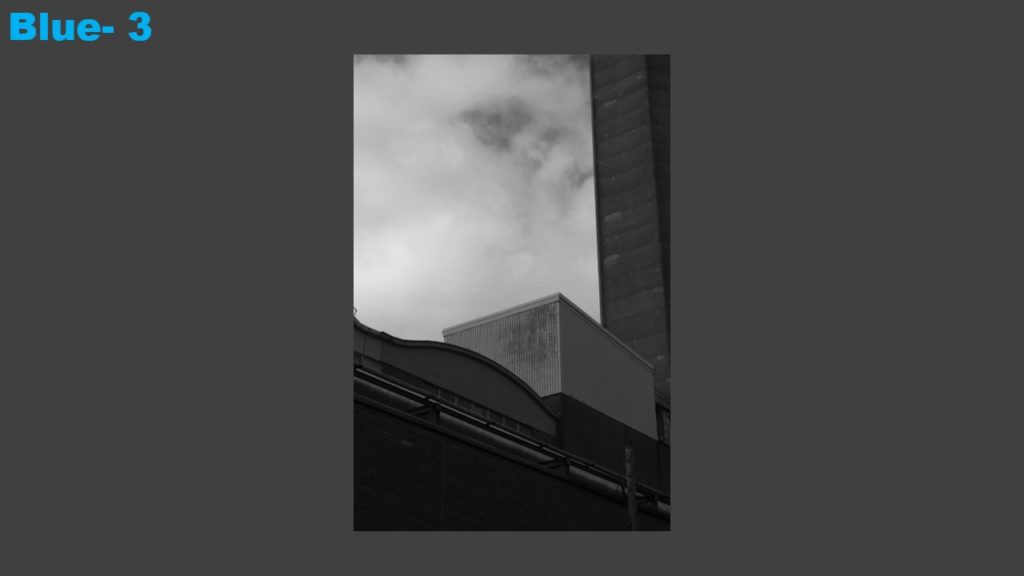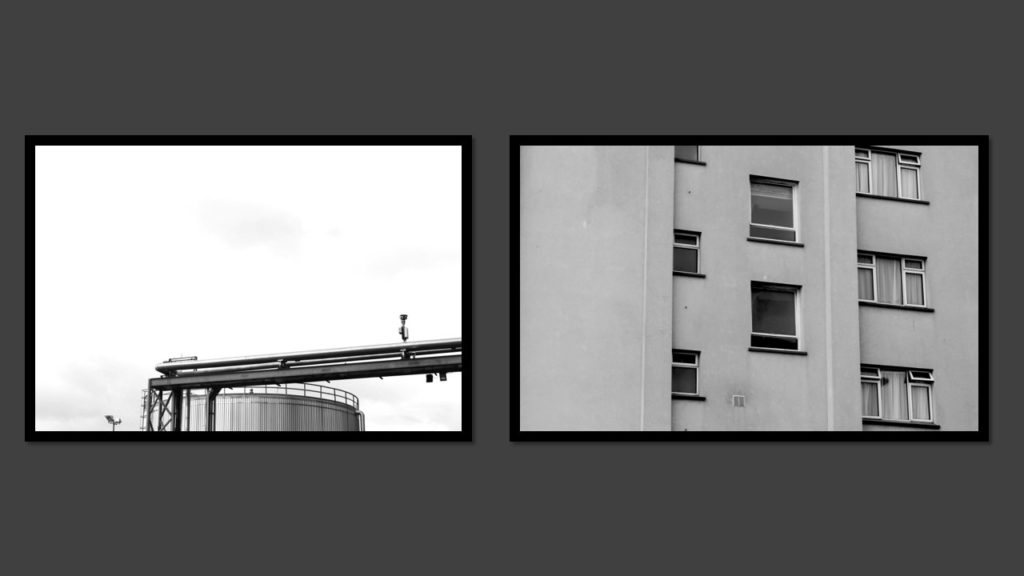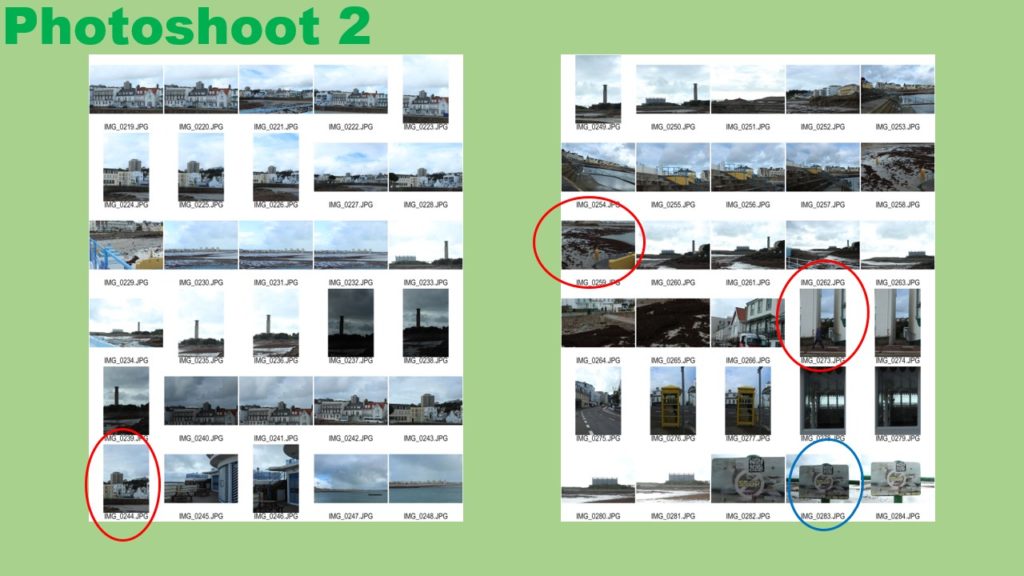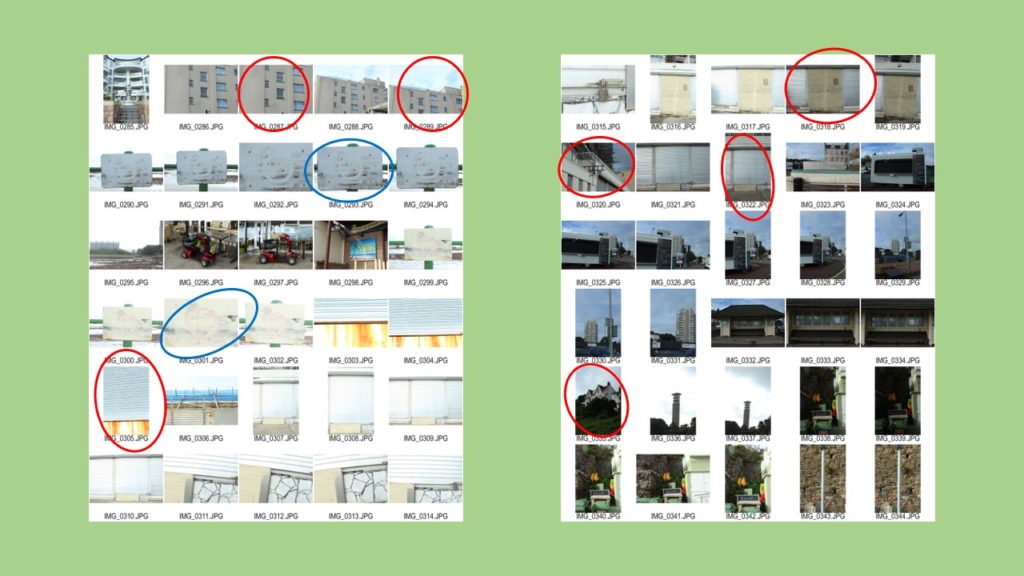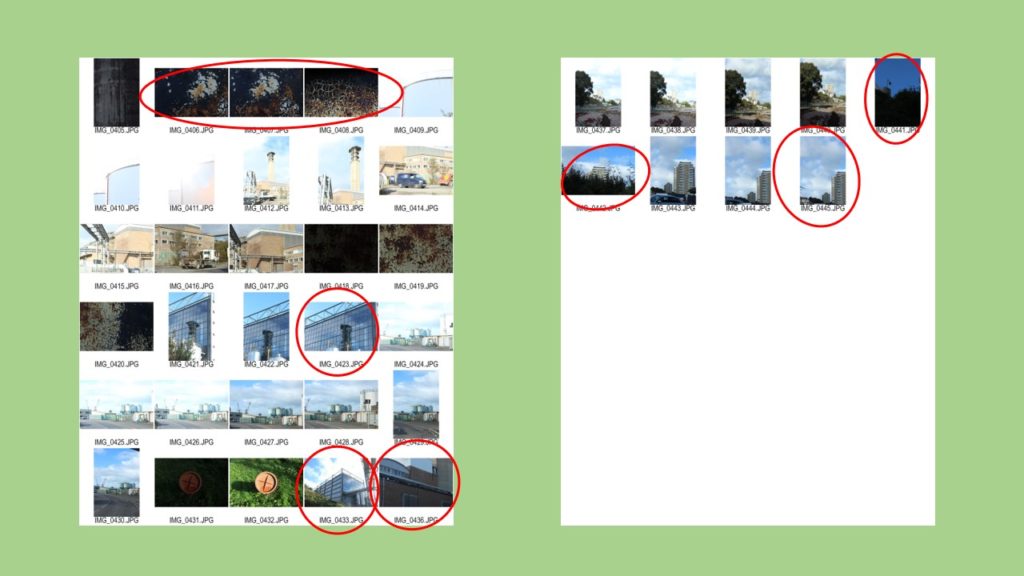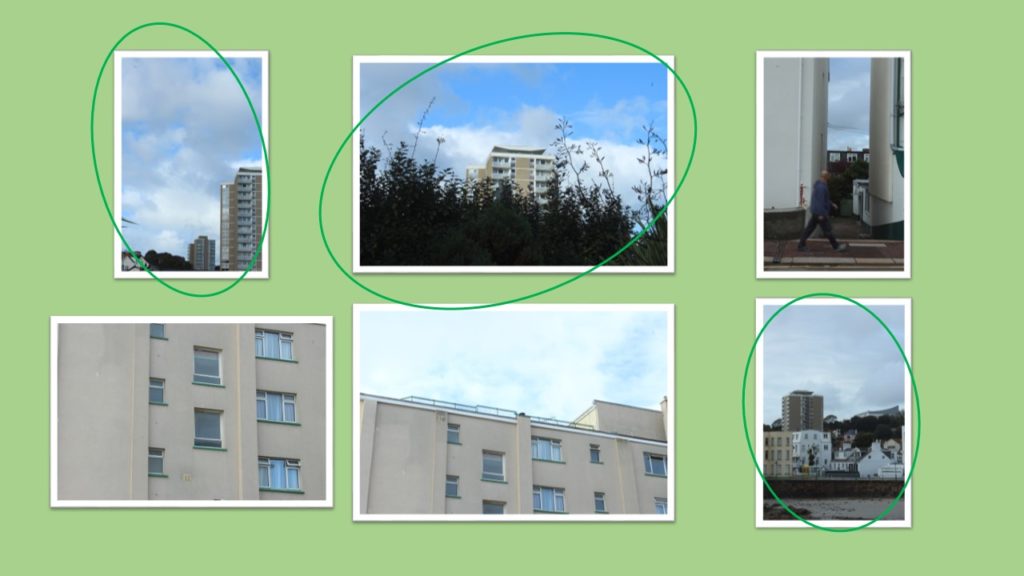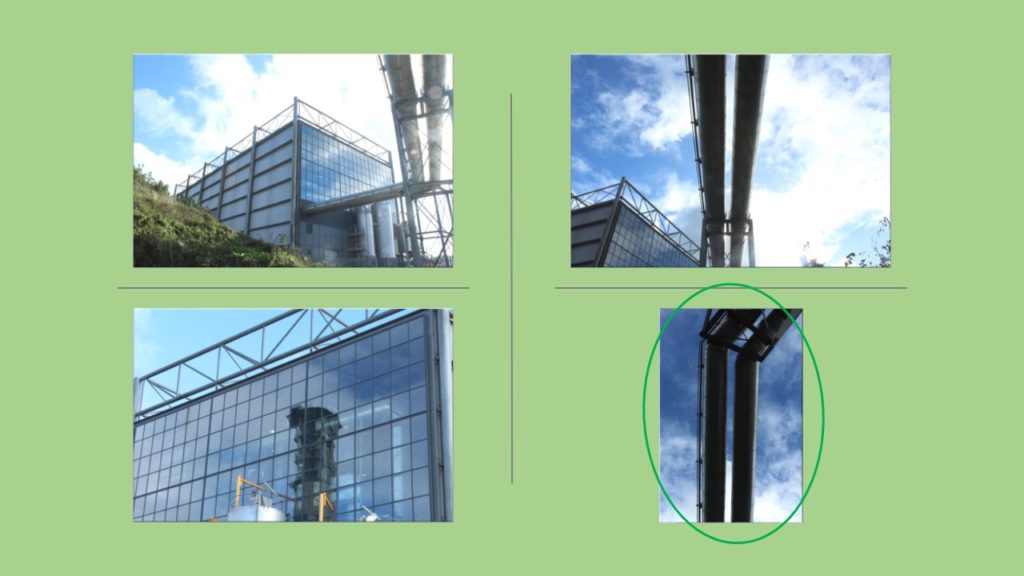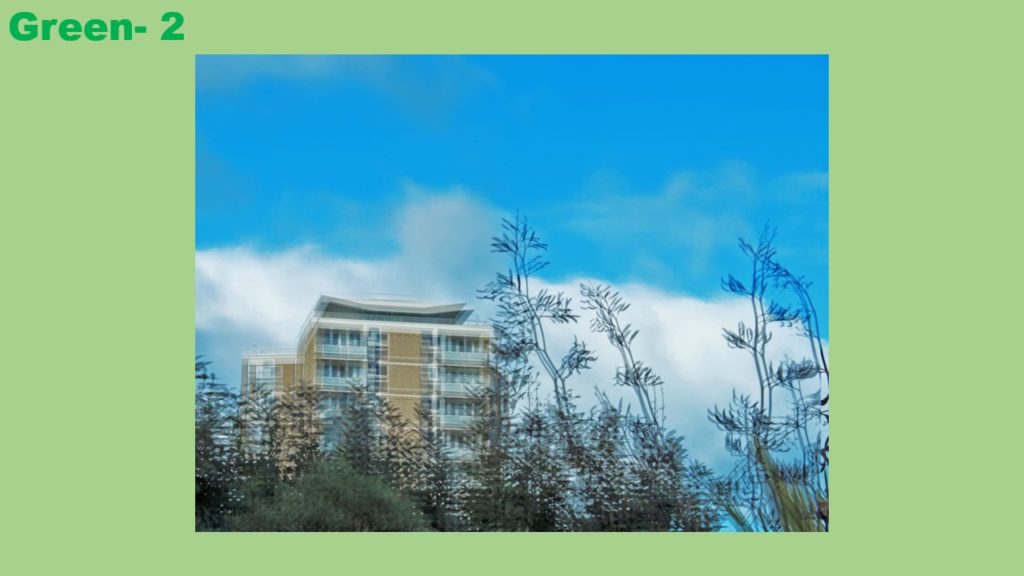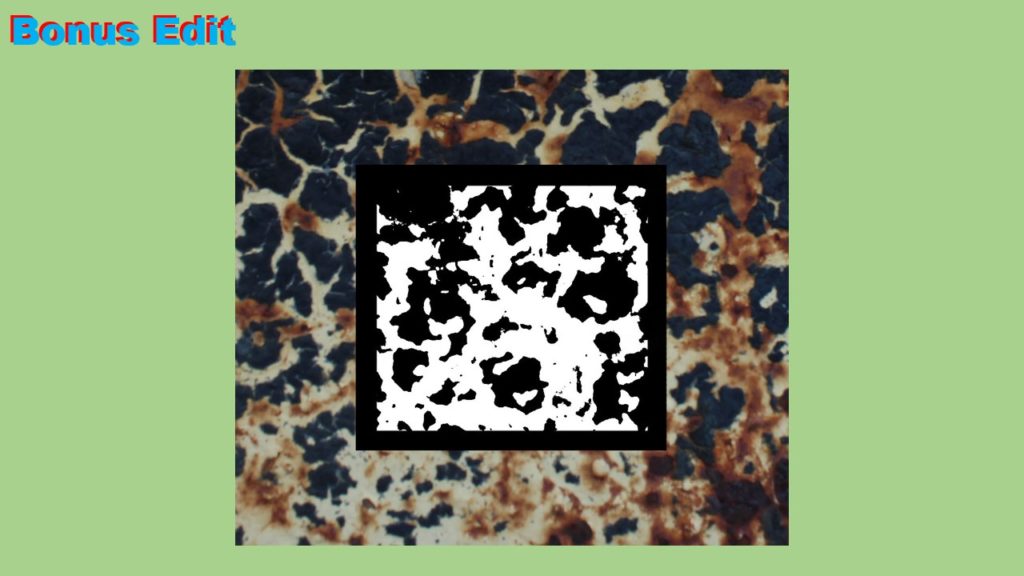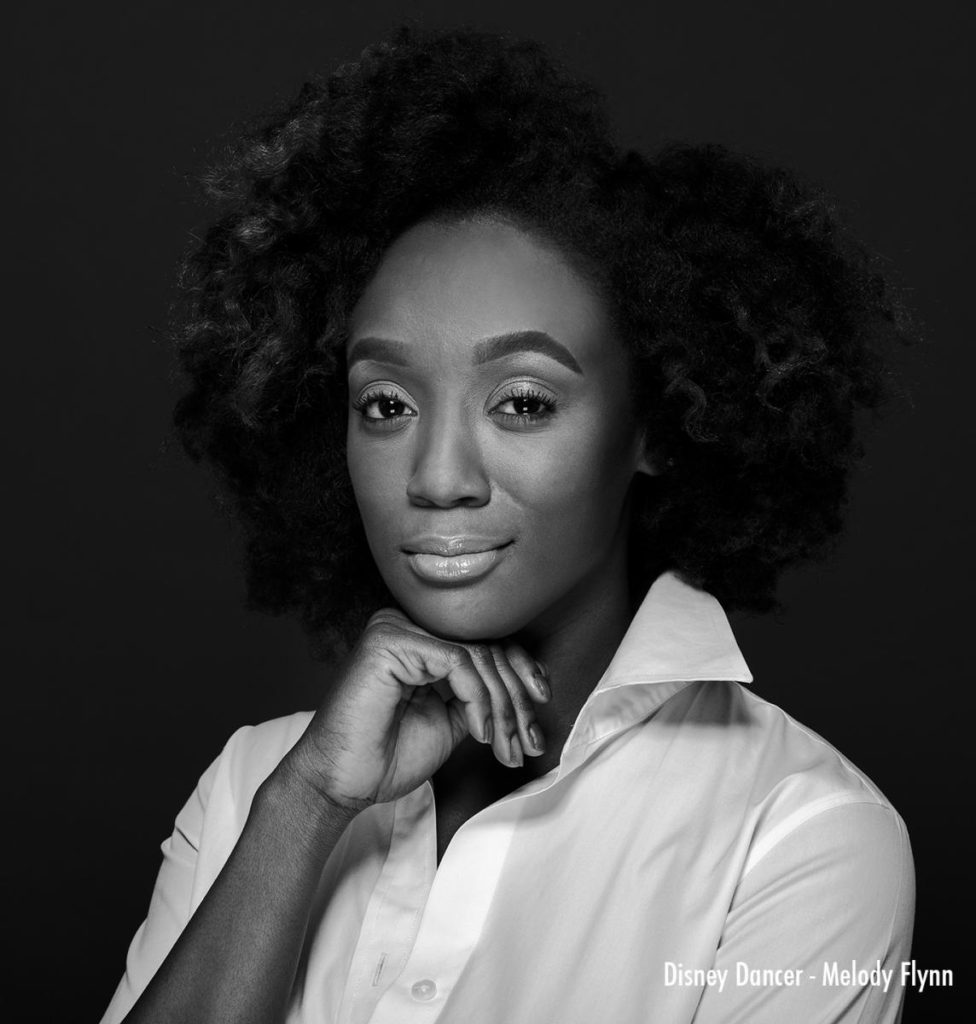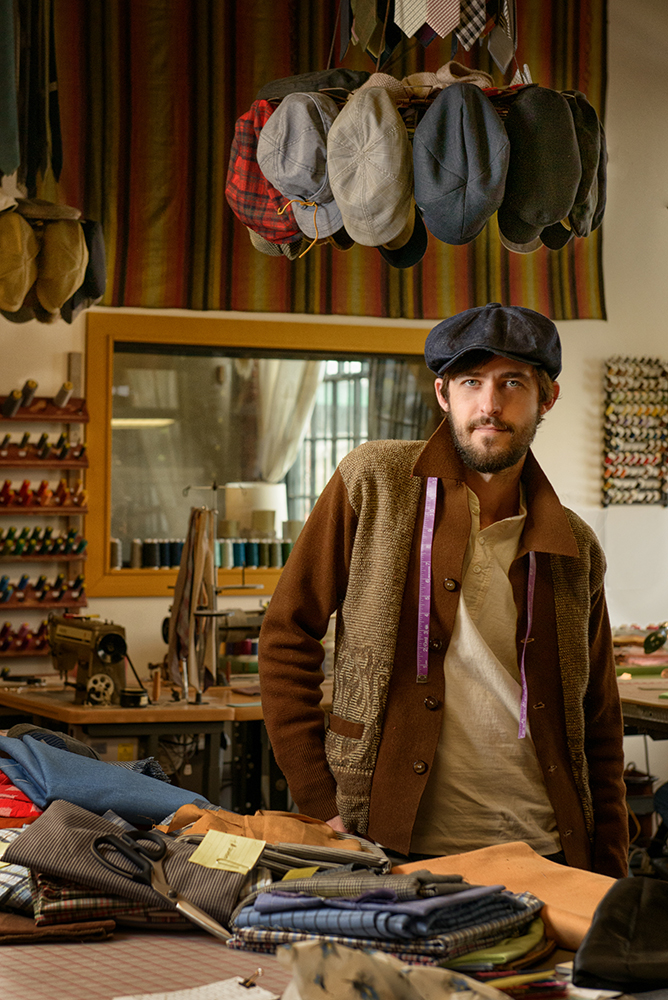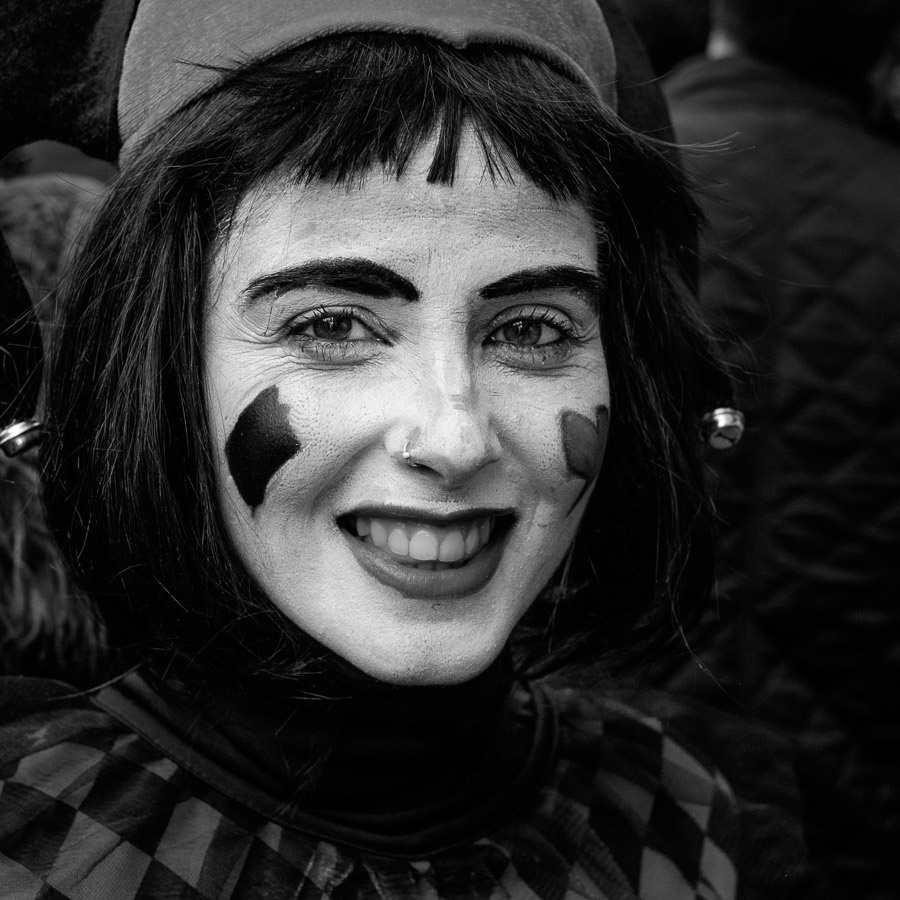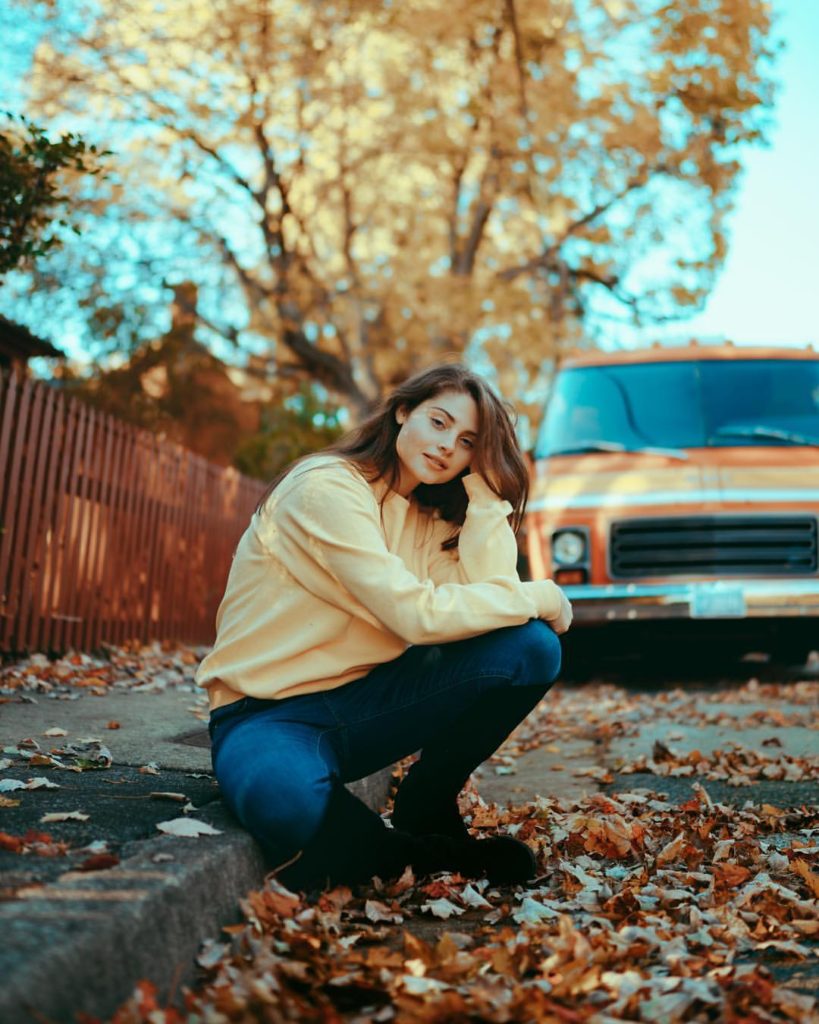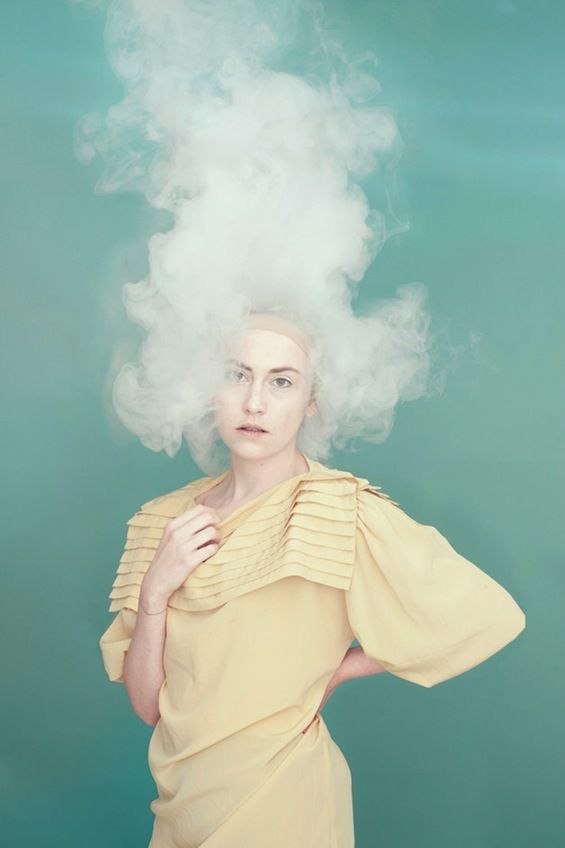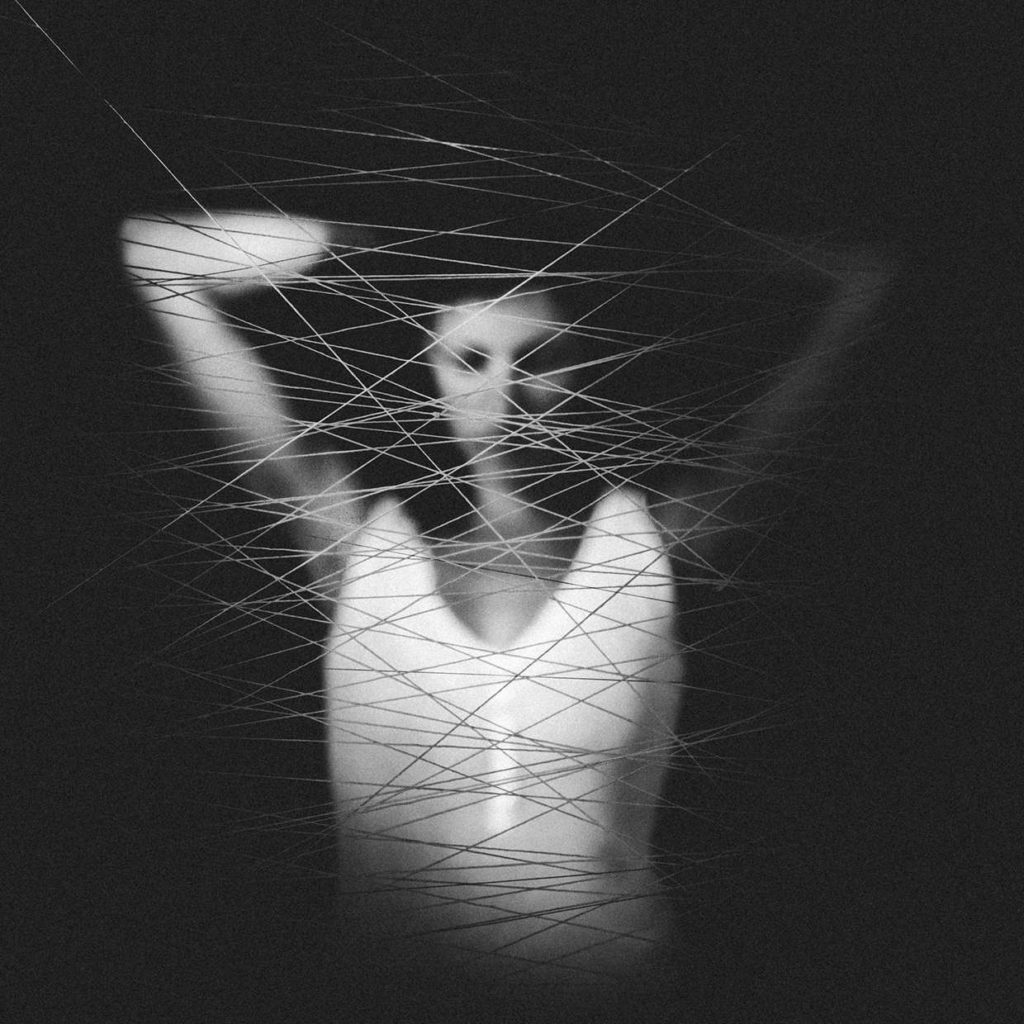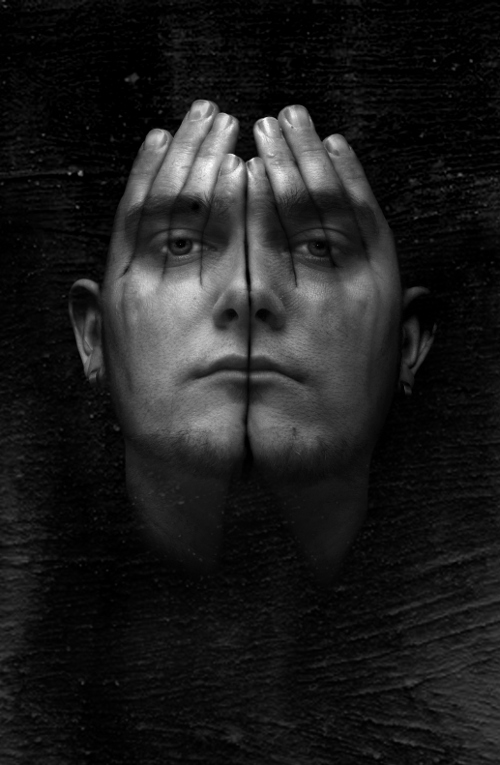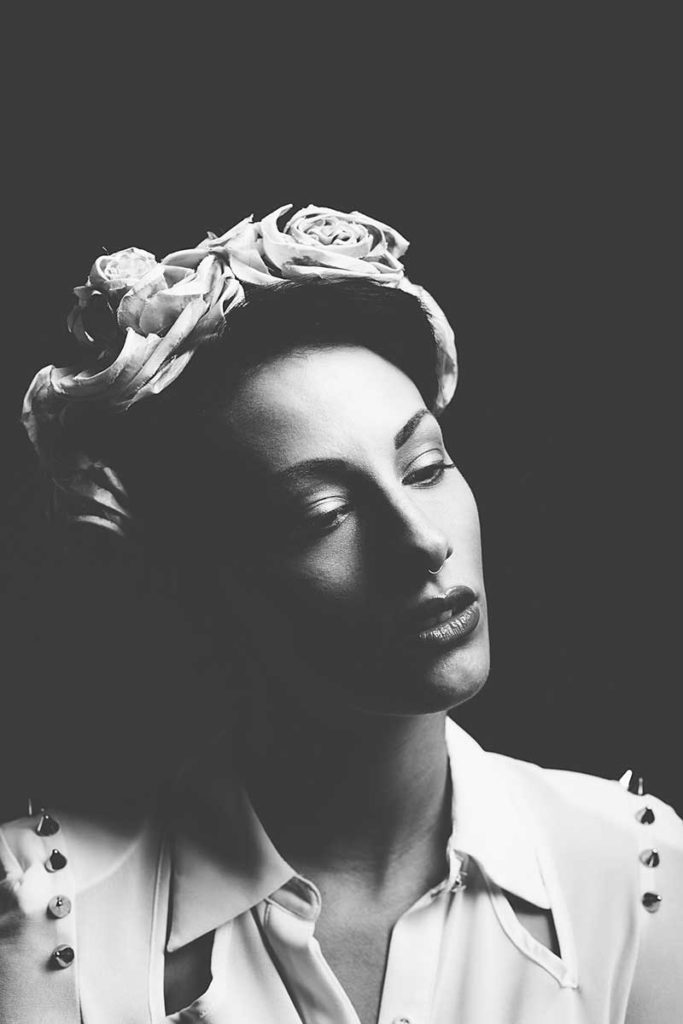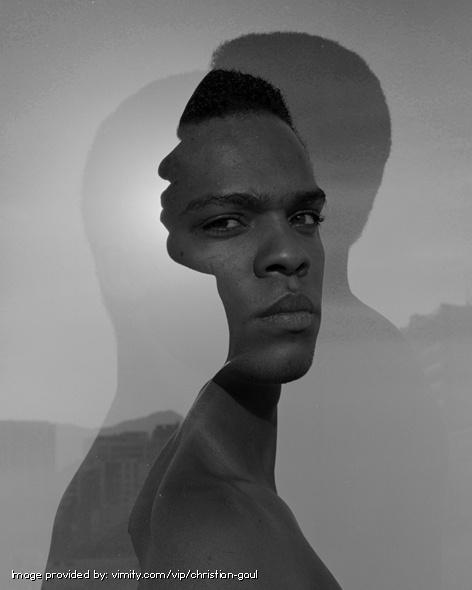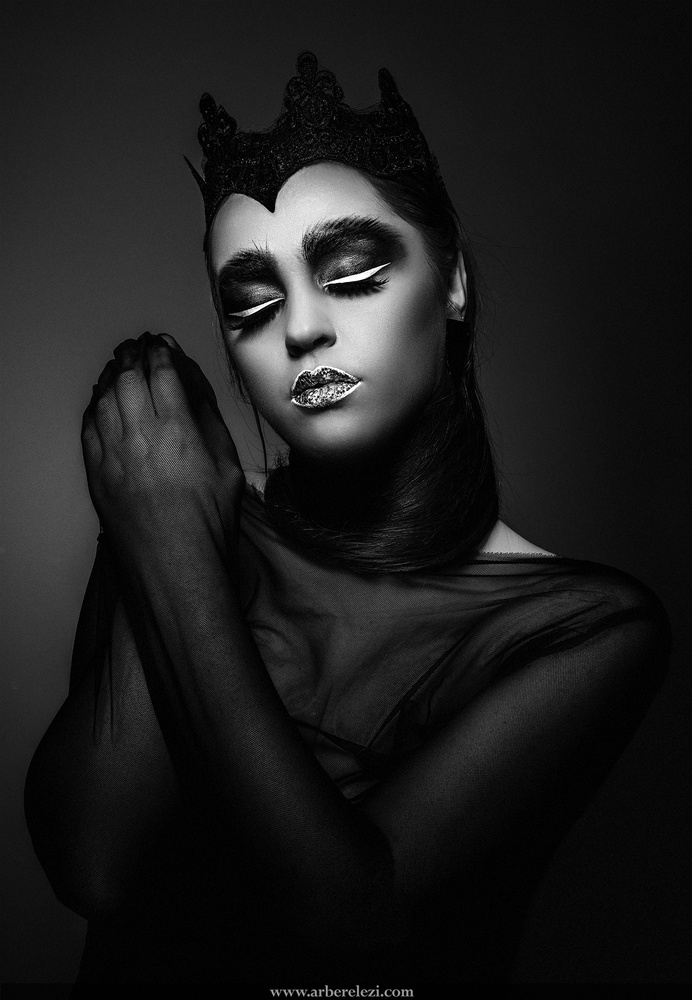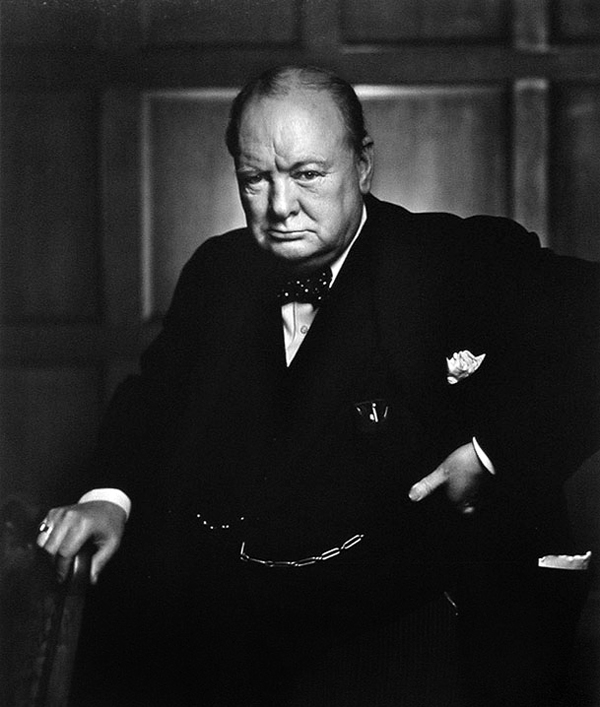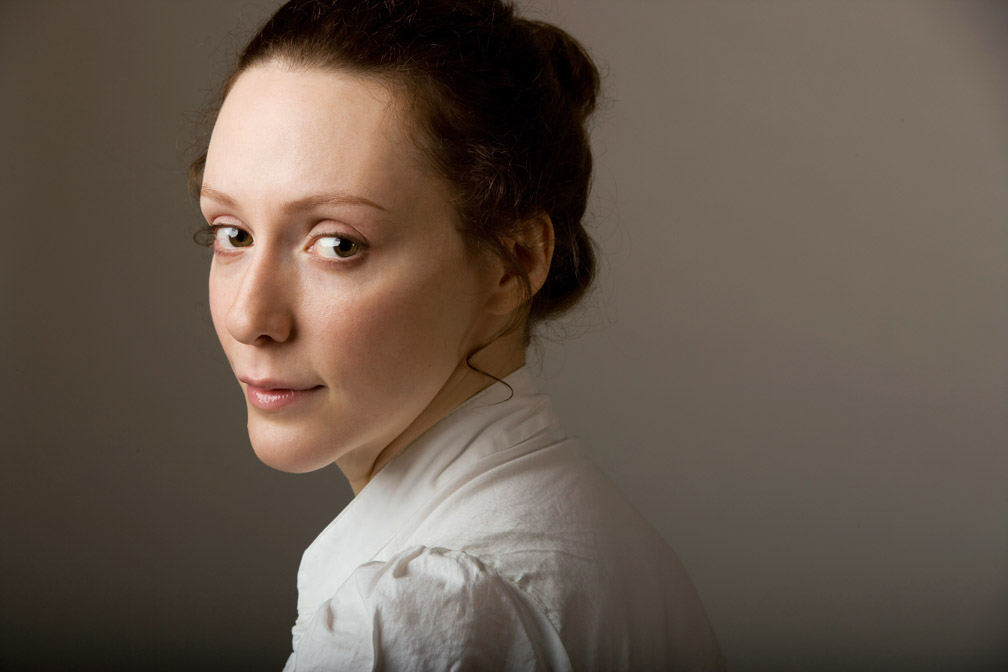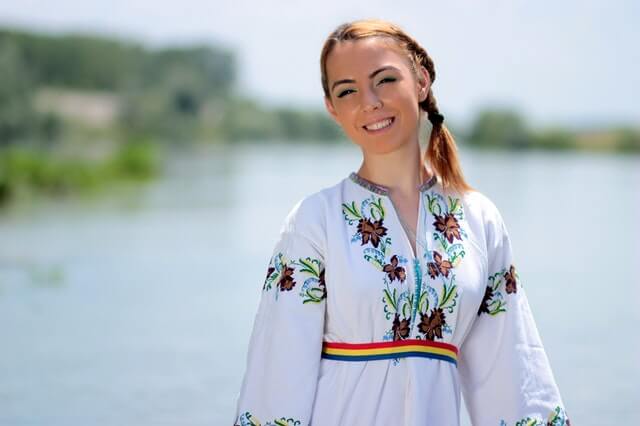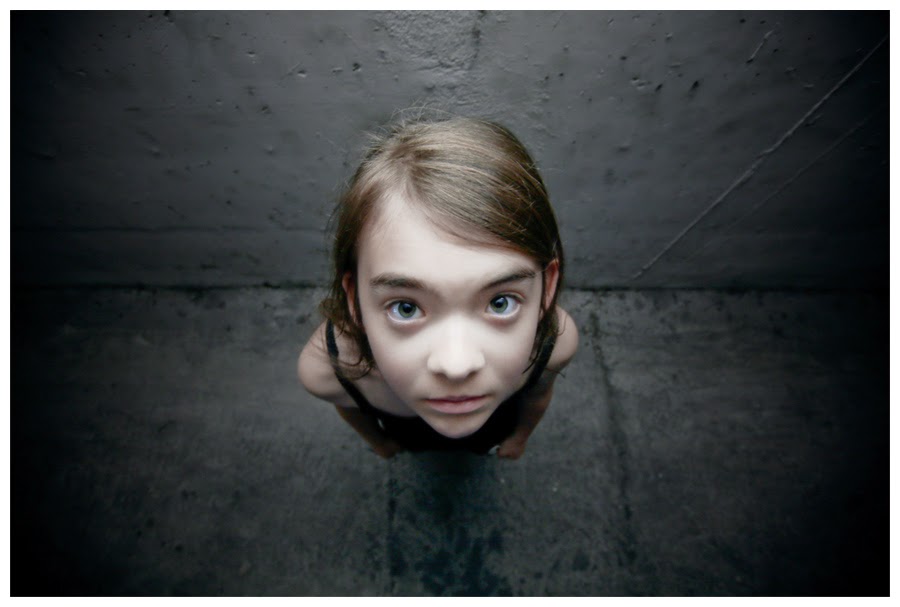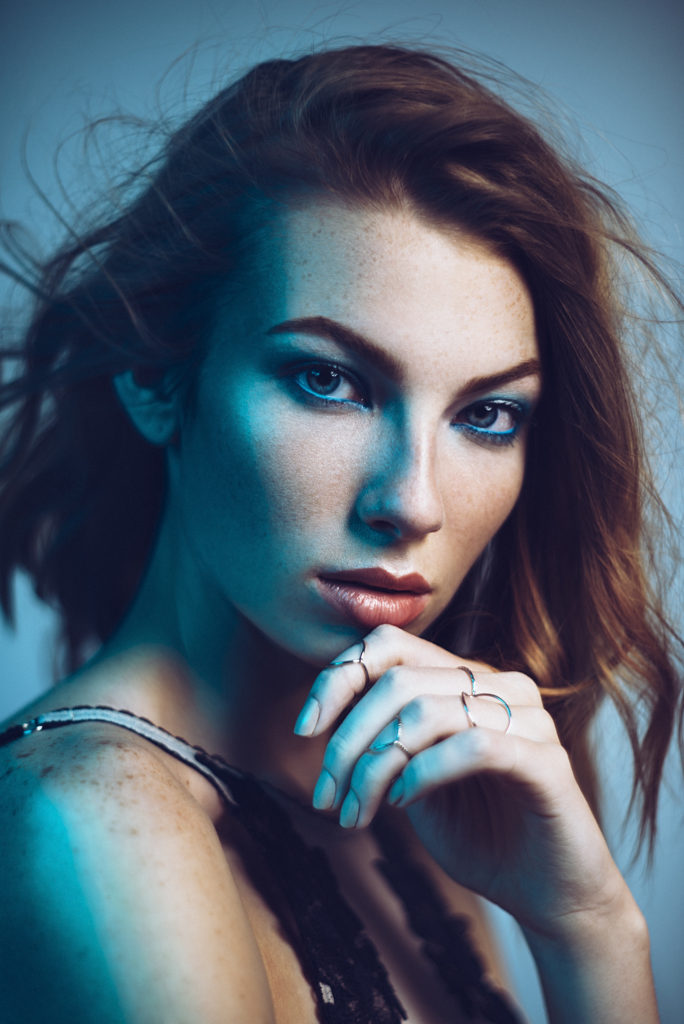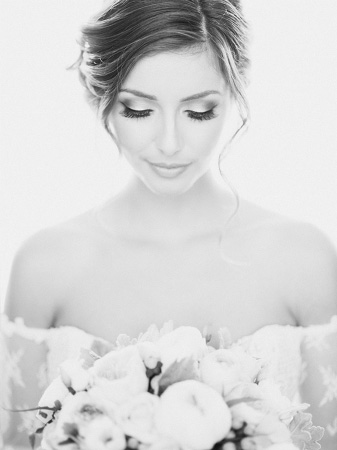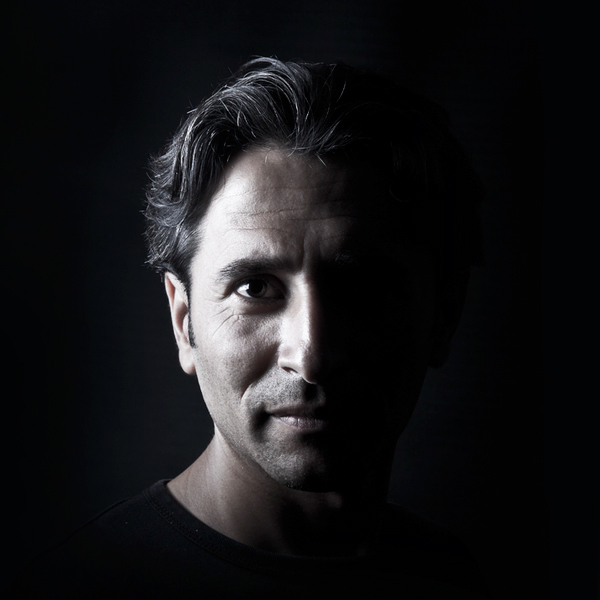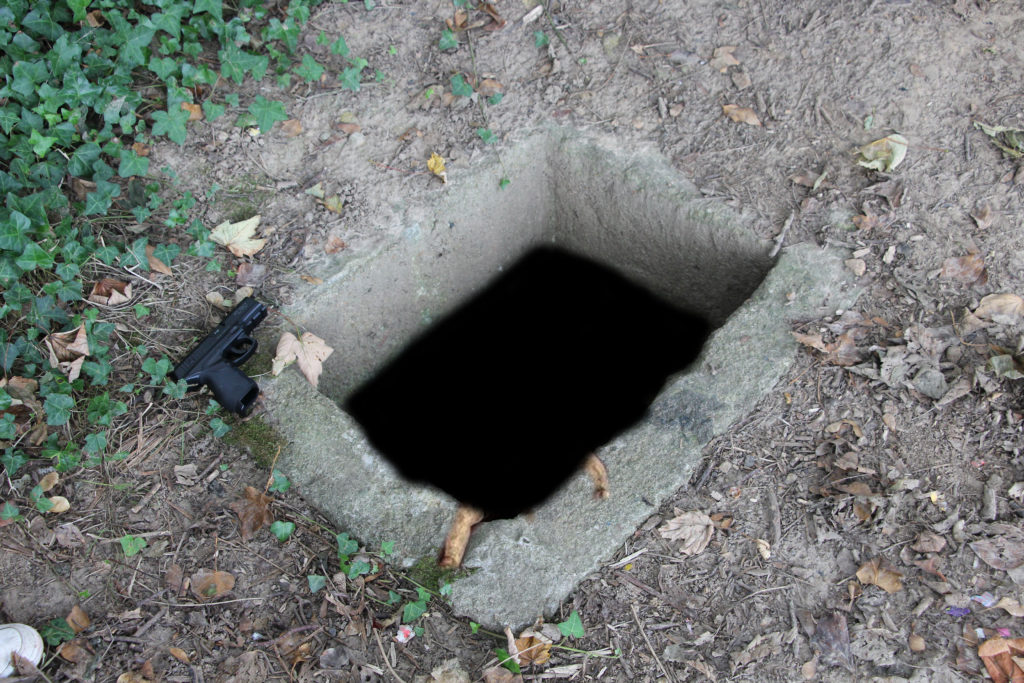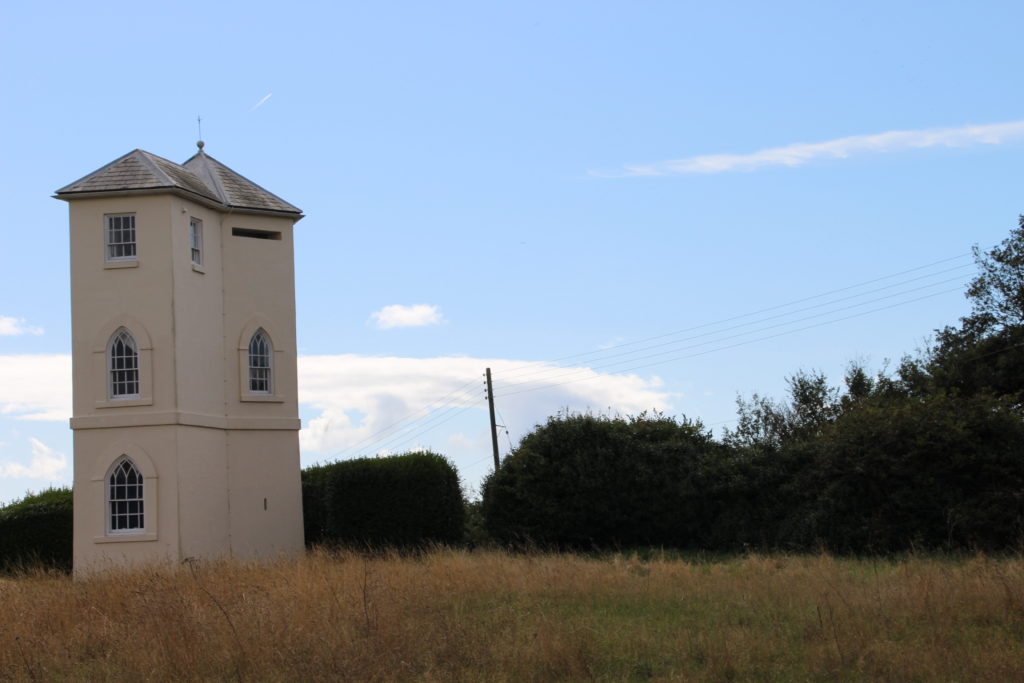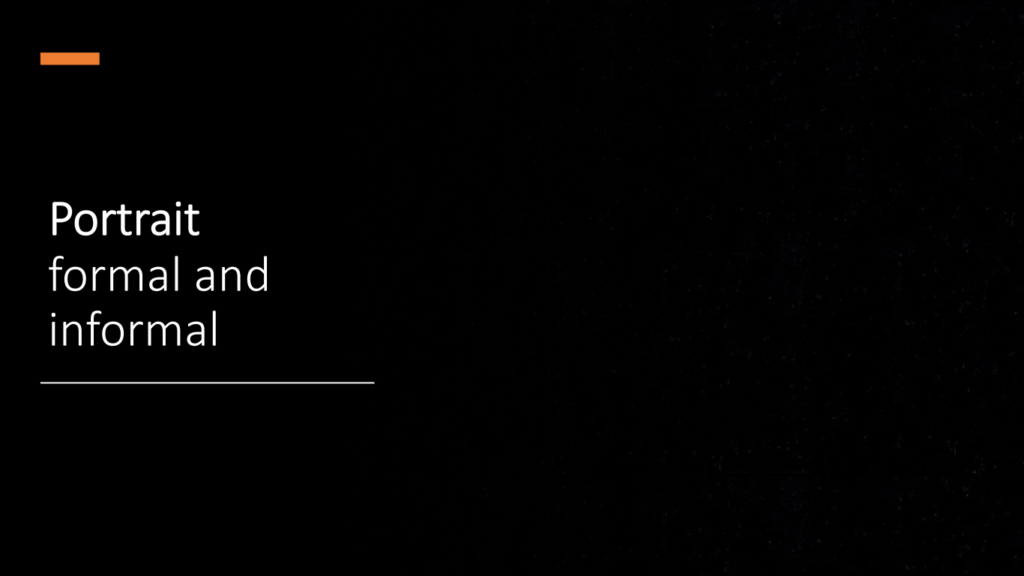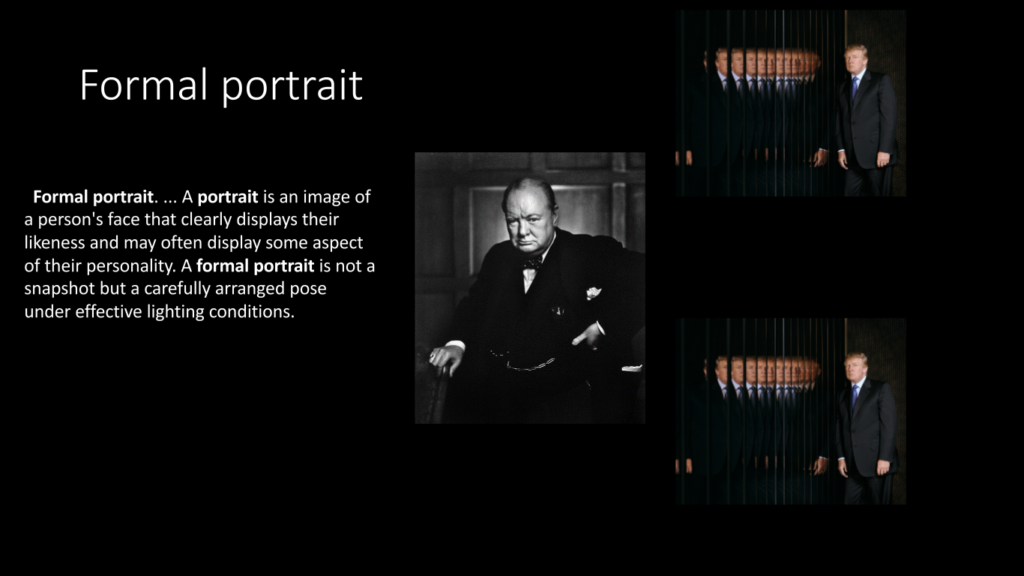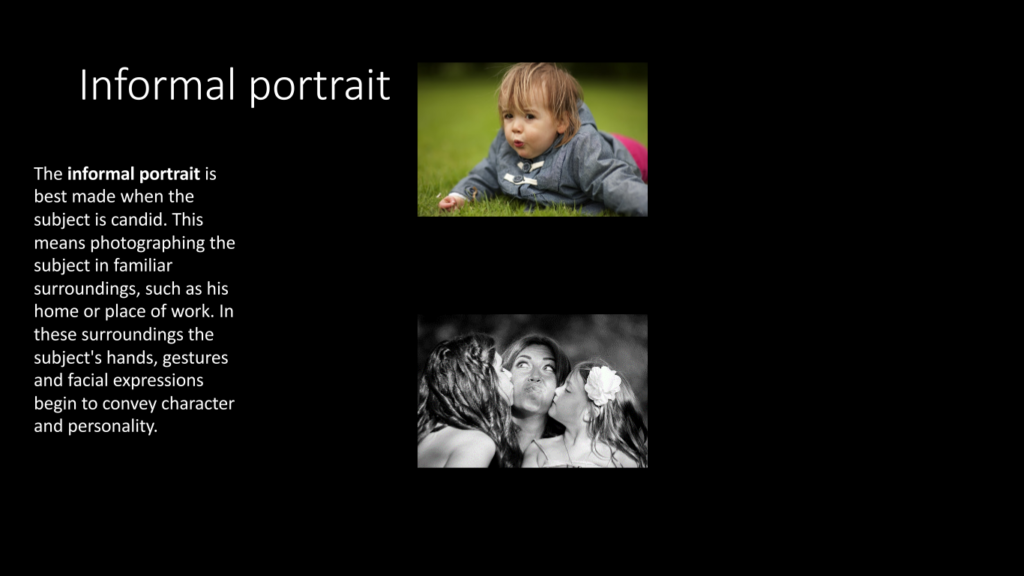Best Images
I’ve chosen these photos because they all have a main and clear focus which is intriguing to the viewers eye.
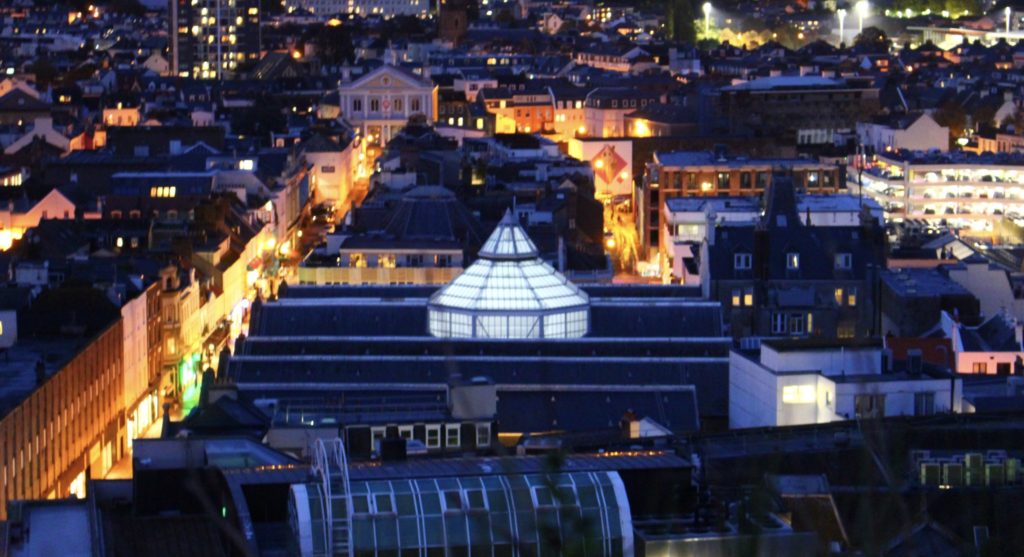
With the night time shoot I had to change the aperture, exposure and ISO so the picture didn’t come out grainy or blurred. I also made this image more vibrant to make the coloured lights stand out, I did this by changing the settings on the camera. I also like the variety of dramatic colours in this image; the blues contrasting with orange, the darker colours also contrast with the focus of the image being the bright, white light/building.
Urban mixed with natural
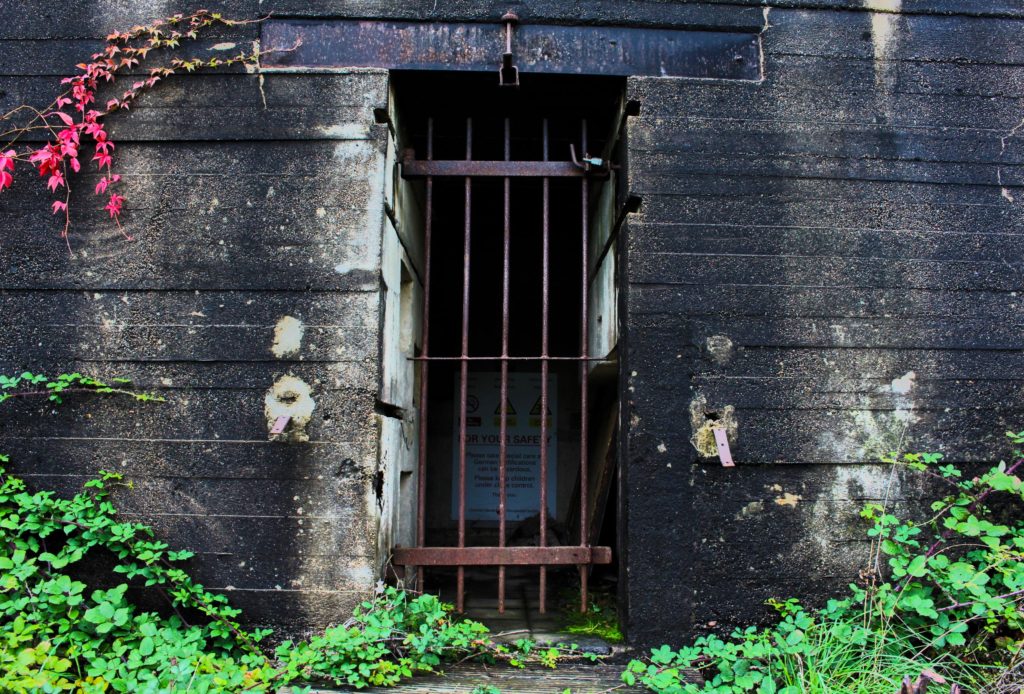
I like this image because instead of man made things taking over nature, nature is taking over the man made objects/buildings. I also like how the bunker has worn aware a bit and how the bright saturated leaves contrast with the dark and dull coloured bunker. I also like how the photo looks quite ominous, this is because when you try and look behind the bars of the gate it looks quite dingy but intriguing and dark due to there shadows. It also seems ominous due there being warning signs it makes the photo a bit unnerving.
Overall Conclusion
I really liked doing this photoshoot as having to take photos of urban/manmade landscapes because there is more variety of what you can take photos of such was the variety of colour. I also like how rustic and retro some of the photos can look and how there are more options lighting wise compared to the natural landscape photo shoot. I also made a gallery of other photos to show what I mean by the variety of photos I took and how they’re all unique.


